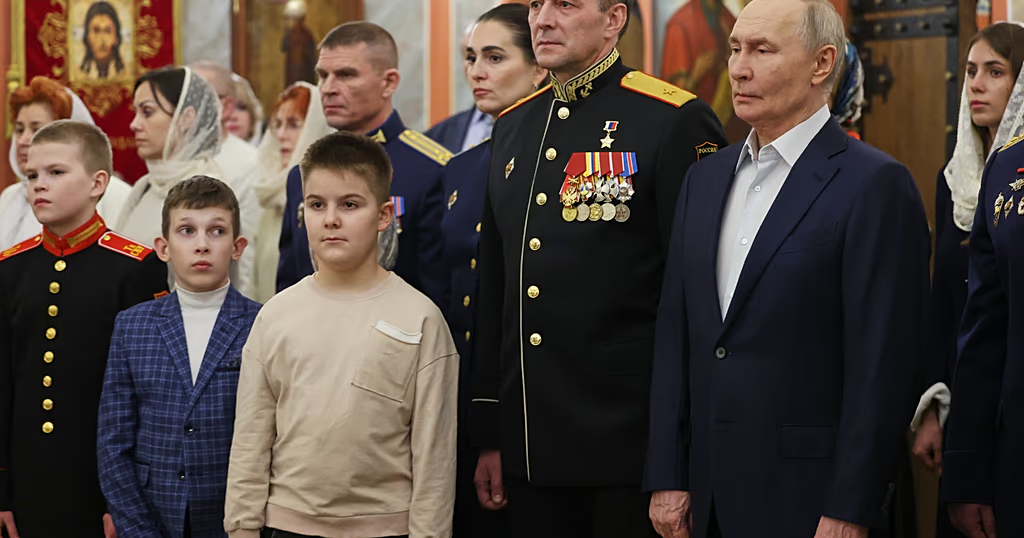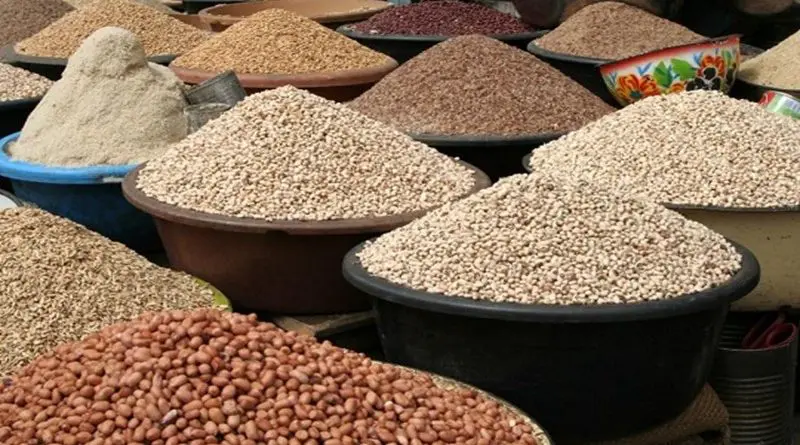Rwanda is pioneering an innovative approach to curb its dependence on imported animal feed by converting cassava peels—a previously discarded byproduct—into affordable, nutritious livestock feed. The initiative, spearheaded by the Rwanda Agriculture and Animal Resources Development Board (RAB) and supported by international partners, aims to reduce production costs for farmers, stabilize local supply chains, and create economic opportunities.
With animal feed imports projected to rise to 1.29 million kilograms annually by 2028, up from 1.1 million in 2023, the pressure to find sustainable alternatives has intensified. Imported cereals like maize and soybeans currently account for 70% of poultry production costs, driving up prices for meat and dairy products. Jules Mutabazi, a researcher at RAB, emphasized the urgency: “Cassava peels can replace costly imported grains in feed mixtures, directly benefiting farmers and stabilizing supply.”
The process involves collecting, cleaning, and drying cassava peels to eliminate naturally occurring cyanide compounds, which are neutralized through an eight-hour drying protocol or treatments like fermentation. Once processed, 100 kilograms of peels yield 28–30 kilograms of feed, sold at a fraction of the cost of imported alternatives. Entrepreneur Alice Nyirasagamba, who operates a processing plant in Kamonyi District, purchases peels at 10 Rwandan francs (Rwf) per kilogram and sells the final product for Rwf150–200 per kilogram. “This isn’t just about feed—it’s about creating value from waste,” she said.
The initiative has already trained 35 entrepreneurs and generated jobs for 56 women in Kamonyi, where cassava is cultivated across 7,000 hectares annually. Lab tests by the International Institute of Tropical Agriculture (IITA) confirm the nutritional viability of the feed, with plans to scale production. Justine Mucyo, an IITA agribusiness specialist, stressed the need for expansion: “The technology works. Now we need investment to reach more farmers.”
Challenges remain, particularly in financing large-scale operations. Entrepreneur Jean Claude Kabayiza, who aims to establish a processing plant, noted that limited capital forces many to start small. However, early adopters like livestock farmer Noella Mutoni report significant savings: maize-based feed costs Rwf650 per kilogram, while cassava peel alternatives sell for Rwf200–250. “This could transform market prices for poultry and pork,” she said.
As Rwanda seeks to bolster food security and rural livelihoods, the cassava peel project exemplifies how agricultural innovation can turn waste into economic resilience—one peel at a time.


